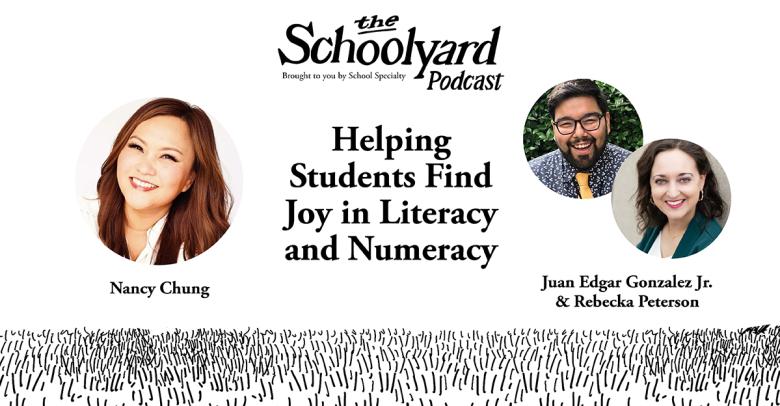Penmanship lessons have become less of a priority, with increased instruction time being devoted to STEM courses. Many people do not see the importance of handwriting skills for children. After all, with the ubiquity of smartphones and tablets, handwriting skills seem unnecessary. Despite this mentality, scientific research suggests that handwriting is still a skill that facilitates growth in other areas of intellectual development.
Why Is Handwriting so Important?
Handwriting is a critical element of early childhood education. Far from just teaching children to put words to the page, handwriting drives growth across several cognitive areas, one of the largest being phonics.
In order to write a word, students must be able to sound it out and connect those sounds to written letters. This, in turn, helps with reading abilities and phonological decoding of more complex words. As writing becomes more automatic, children will learn sight words, build grammar skills, and understand how words are connected within a sentence.
Furthermore, writing builds motor skills. Young children first learning to write may have difficulty grasping a pencil and controlling it on paper. But more time and practice spent establishing good penmanship will translate into improved motor planning and fine motor dexterity. It will also facilitate hand-eye coordination, which is an essential part of development during early childhood.
Incorporating Handwriting into Daily Instruction
Focusing solely on basic skills such as handwriting, spelling, or grammar can be frustrating for students who struggle in these areas. Instead, try integrating them into broader instruction, such as expository and creative writing exercises. This holistic approach to writing will keep your students engaged in the learning process while building core writing and handwriting skills. These will translate to improvements in reading, spoken language, and critical thinking.
The best writing instruction provides practice in mechanics and the writing process while allowing students to exercise their creativity (Johnson, 2014). Using programs such as My Word Book (Grade K) and Words I Use When I Write (Grades 1-2) will help your students grow from learning new words to building their own compositions.
This development helps them understand the principles of the alphabet, develop phonological and phonemic awareness, and employ metacognitive strategies to guide their own learning and writing (Cimochowski, 2014). Beginning with a word book helps early writers take note of the words they recognize and gradually build a vocabulary that allows them to become fluent writers. Along the way, they build handwriting skills and improve their reading abilities.
Conclusion
Handwriting aids in cognitive development, but it can be challenging to engage young and struggling readers. However, when children participate in a writing exercise, they are able to use their minds in a flexible and creative way while also learning key skills.
Beyond mere regurgitation of facts, the importance of handwriting skills is in providing students a way to discover something new and create it themselves. This empowers them to become involved in their own education.






Leave a Reply